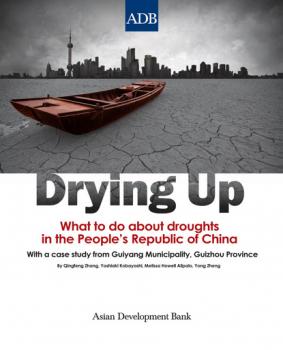Yoshiaki Kobayashi
Список книг автора Yoshiaki KobayashiFlood Risk Management in the People's Republic of China
This publication presents a shift in the People's Republic of China from flood control depending on structural measures to integrated flood management using both structural and non-structural measures. The core of the new concept of integrated flood management is flood risk management. Flood risk management is based on an analysis of flood hazard, exposure to flood hazard, and vulnerability of people and property to danger. It is recommended that people learn to live with flood risks, gaining and promoting a clear understanding of flood risks, quantifying and modifying the flood hazard, regulating exposure to the hazard, and reducing their vulnerability to danger.
Drying Up
Climate change is one of a few major factors that ensure the country will continue to struggle to supply its cities and industries and fields with enough water, particularly in the North, as well as face more frequent and longer droughts. The country has shown a stunningly agile disaster response system, but its system for disaster prevention and management is far less developed. The road to greater drought management and sustainable water supplies is demand management. How to achieve this in a historically hydraulic-engineering society is explored through the case study of Guiyang Municipality in Guizhou Province.

